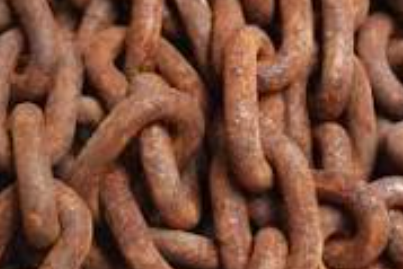Review and Assess: Atomic Theory and the Periodic Table 1
1/19
Earn XP
Description and Tags
A set of flash cards based on concepts related to Atomic Theory, the Periodic Table, Types of Bonds, and Acids and Bases.
Name | Mastery | Learn | Test | Matching | Spaced |
|---|
No study sessions yet.
20 Terms
What atomic particle has no charge?
Neutron
Whats an isotope?
An isotope is a version of an element with the same number of protons but a different number of neutrons. This means they have the same chemical properties but different masses.
What does Dalton's atomic theory state about atoms?
One type of atom cannot be changed to another type by a chemical reaction.
What is the dense core of an atom called?
Nucleus
How are atoms arranged in the modern periodic table?
By increasing atomic number
Who organized elements into the modern periodic table?
Mendeleev
How to know whether a pair of elements have property's that are similar?
You can tell if two elements are similar by looking at their spot on the periodic table. If they are in the same column (group), they are likely to have similar properties. This is because they have the same number of electrons on the outside, which affects how they behave. For example, lithium and sodium are both in the first column, so they have similar traits.
What element in Period 5 has eight valence electrons?
Xenon (Xe)
An element is likely to be nonmetal when..
It is a poor conductor of heat and electricity, has high electronegativity, and tends to gain or share electrons in chemical reactions.
The products of a neutralization are..
the salt and water formed from the reaction between an acid and a base.
What did Rutherford predict that an atom has?
An atom has a dense core called the nucleus.
What is Dalton’s Atomic Theory?
A scientific theory developed by John Dalton that states matter is composed of atoms, which are indivisible particles, and explains how atoms combine in fixed ratios to form compounds.
What is chemical change?
A process where substances combine or break apart to form new substances with different properties.
What is physical change?
A change that affects one or more physical properties of a substance without altering its chemical composition.
Example of Chemical Change:
Burning of wood or rusting of iron.

Example of physical change:
Cutting paper or melting ice.

What does a chemical change result in?
New substances
In general, what happens to the rate of reaction when you decrease the temperature of a chemical reaction?
The rate of reaction decreases, as lower temperatures reduce the energy and movement of particles.